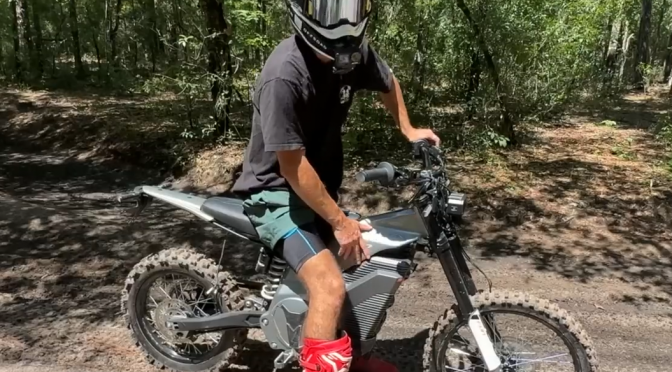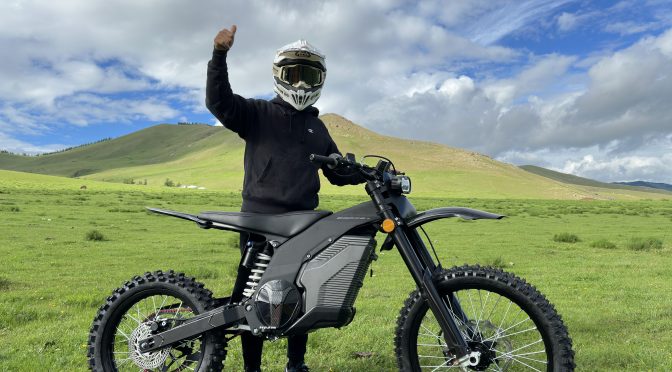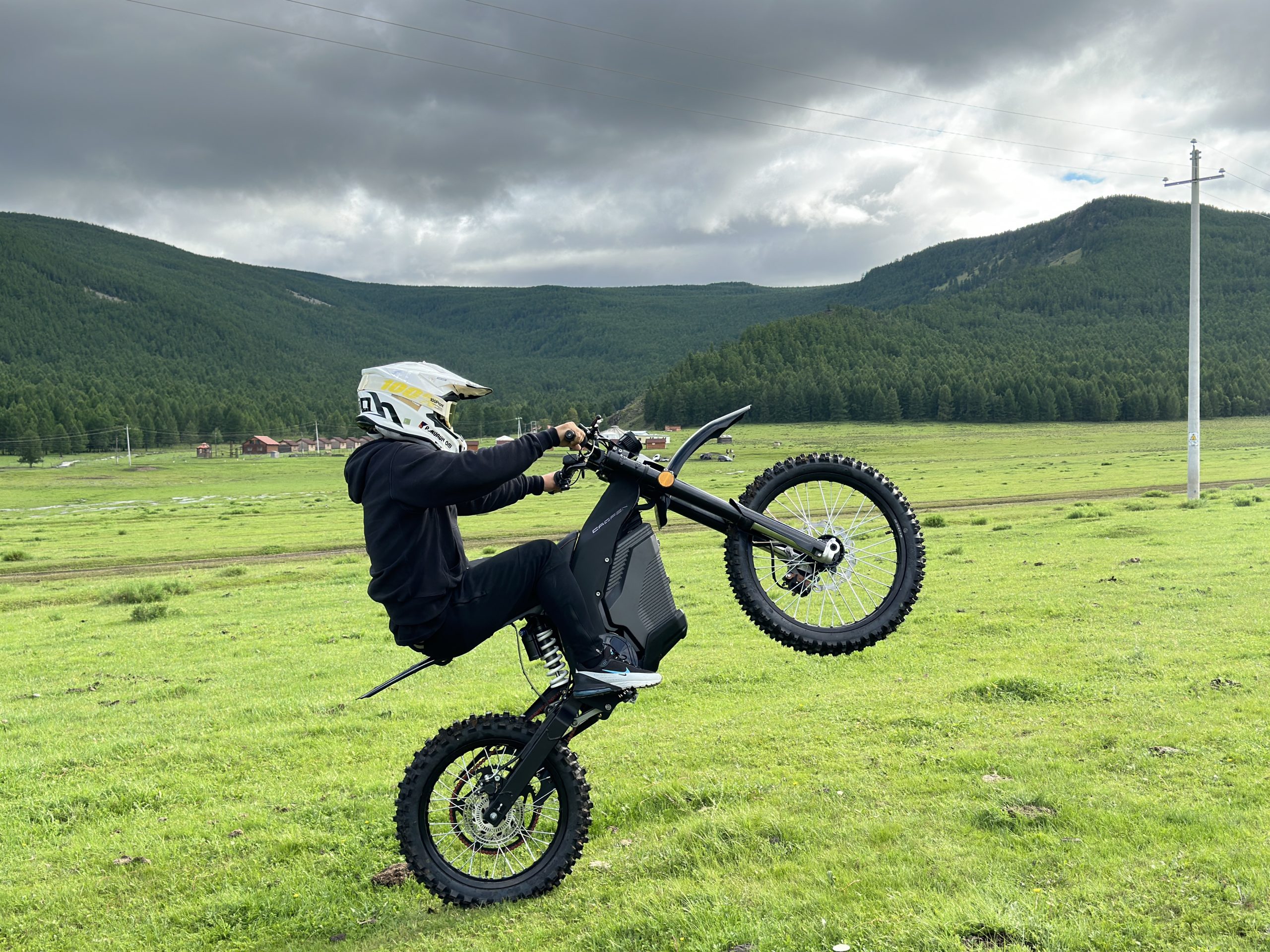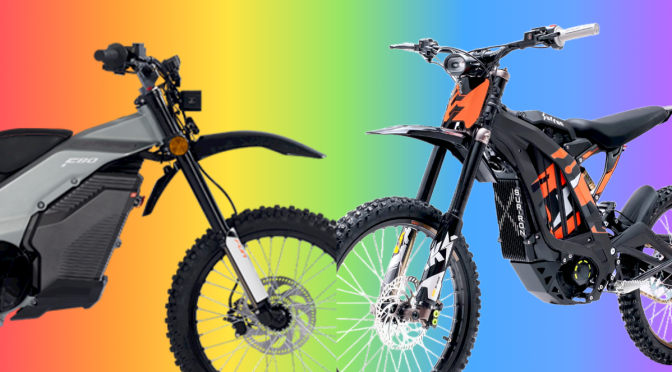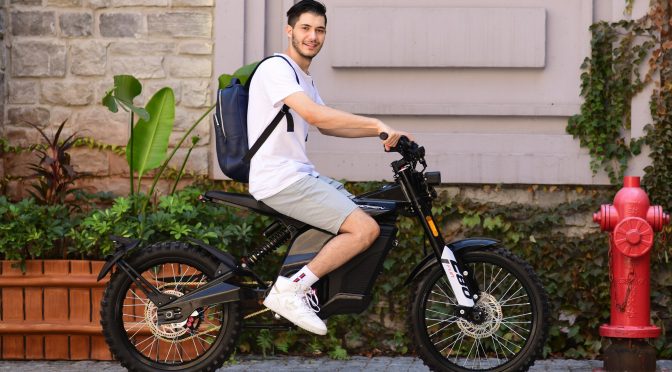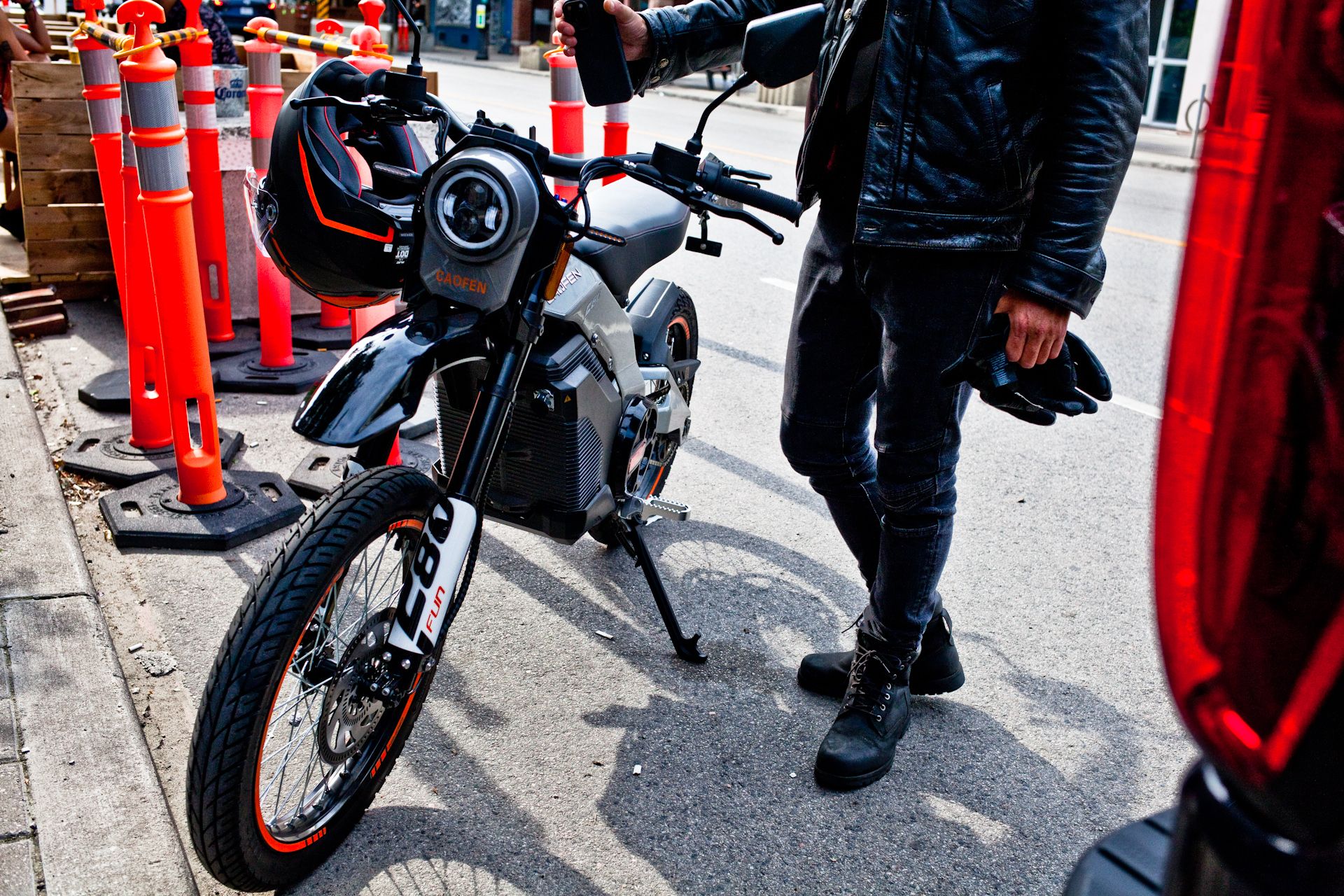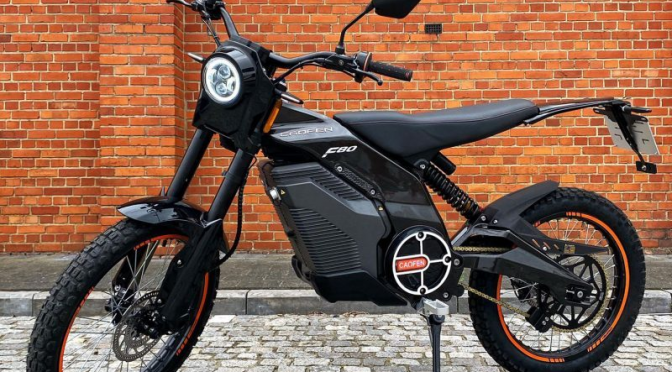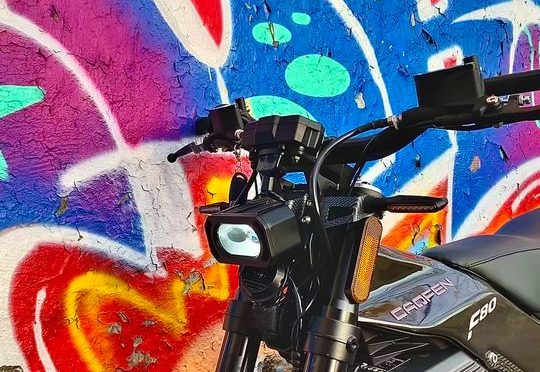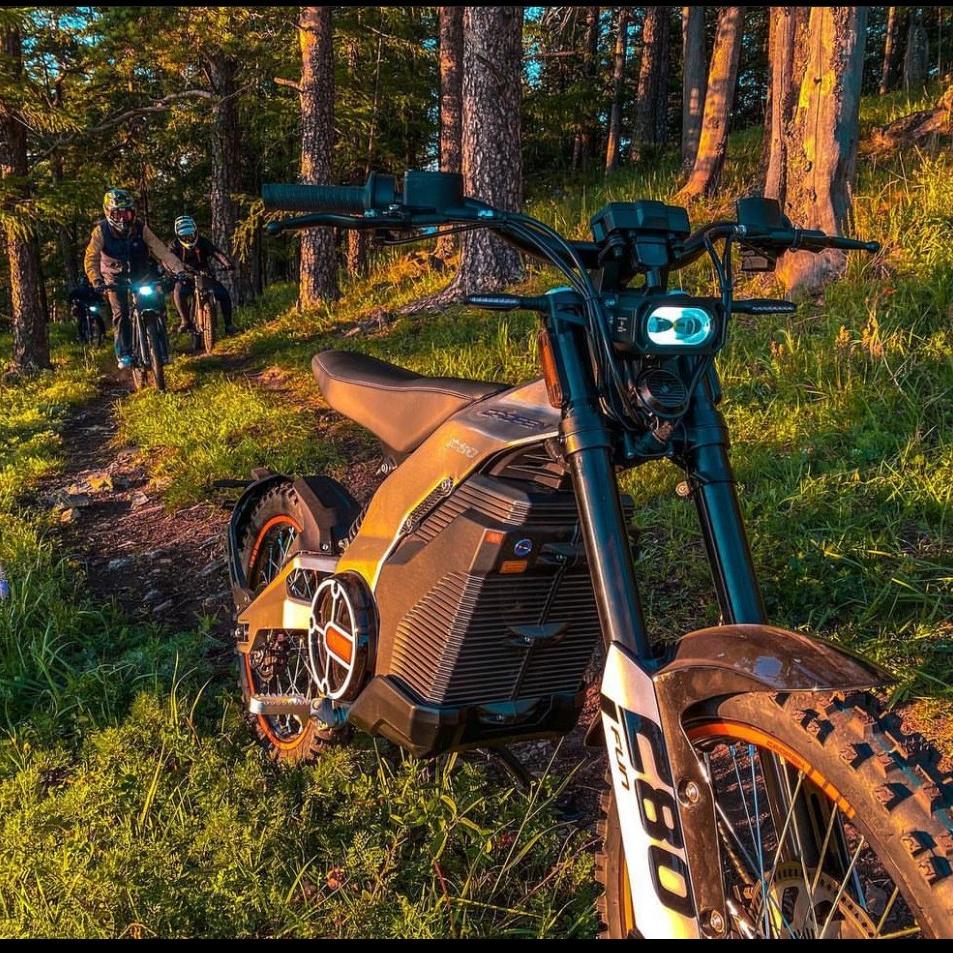Introduction
Electric motorcycles are steadily gaining traction in the world of automotive enthusiasts, and among the most exciting contenders in this space is the Caofen F80. Recently, KOL Tyler Morgan took the Caofen F80 for a spin, sharing his experiences in an exciting review. You can watch the full review on Tyler Morgan’s YouTube channel. In this blog, we’ll dive deep into Tyler’s review, explore the key features of the Caofen F80, and highlight why this electric motorcycle is turning heads in the market.
Overview of the Caofen F80 Electric Motorcycle
The Caofen F80 isn’t just another electric motorcycle—it’s a powerhouse designed for those who crave adventure. With a top speed of 85 km/h and a range of 180 km at 30 km/h, the F80 is built to deliver an unparalleled riding experience. Tyler Morgan, in his review, emphasized how the F80’s performance surpasses many competitors, including the well-known Surron.
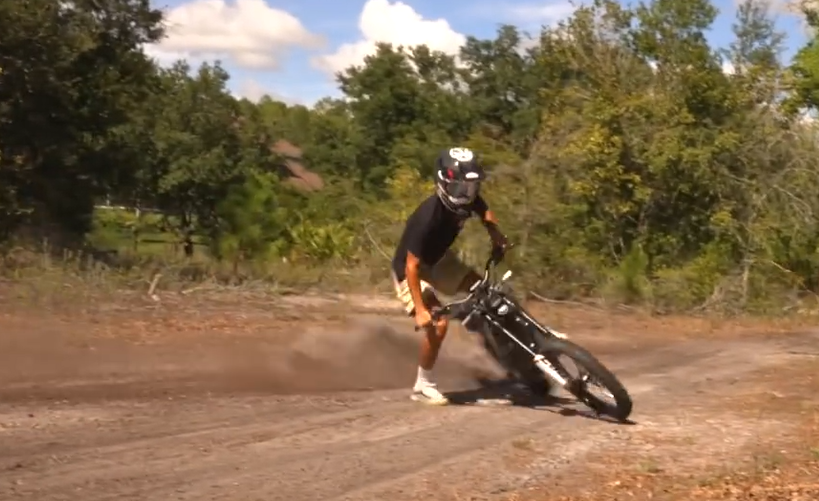
Design and Build Quality
The Caofen F80 is not just about performance; it also boasts an impressive build. The motorcycle’s frame is made from lightweight aluminum magnesium, making it durable and easy to handle. The F80’s off-road version comes in various colors such as silver, black, red, and even a customizable camouflage design.
Ease of Assembly and Security
Now, let’s address the elephant in the room: assembly. Yes, the Caofen F80 does require some assembly upon arrival, and Tyler was upfront about the fact that it might be a bit challenging for some. But don’t let that deter you! The bike comes securely packaged, and all components are neatly packed inside a sturdy box to ensure everything arrives in perfect condition.
For those who might find the assembly process daunting, Caofen has got you covered with helpful instructional videos. You can check out these videos on their YouTube playlist to guide you through the process step-by-step.
Tyler Morgan’s Test Ride Experience
Outdoor Test Ride
Tyler’s test ride of the Caofen F80 took place outdoors on a particularly hot day, and despite the sweltering conditions, he couldn’t stop having fun. The F80’s performance remained consistent throughout, thanks to its liquid oil cooling system that keeps the bike’s temperature stable, even in temperatures as high as 40 degrees Celsius.
Handling and Comfort
One of the highlights of Tyler’s review was his appreciation for the F80’s handling. The off-road tires are specifically designed for rugged terrains, and the suspension system is robust enough to handle sand rides effortlessly. Tyler was particularly impressed by the 310N.m torque, which made tackling hills with a 40% gradeability a breeze.
Stability and Performance
Tyler performed several stunts, including wheelies, and praised the F80’s stability and lightweight frame. He mentioned that even during intense rides, the F80 remained responsive and fun to ride. F80 isn’t just about getting from point A to point B—it’s about the thrill of the ride.

Safety Features
Safety is paramount when riding motorcycles, and Tyler reminded viewers to always wear a helmet by putting on his. The Caofen F80 not only ensures a thrilling ride but also prioritizes safety with its sturdy build and reliable braking system.
Fun Under the Sun
Tyler’s review wasn’t just about specs and performance; it was also about the sheer joy of riding the Caofen F80. Despite the hot weather, Tyler enjoyed every moment, capturing the best moments with a DJI Osmo Action 4 camera. If you’re someone who loves documenting your adventures, this camera is a fantastic companion for your Caofen rides. It’s perfect for capturing high-quality videos and photos that showcase your skills and the bike’s capabilities.
Battery and Range
One of the standout features of the F80 is its battery life. The bike offers a range of 180 km at 30 km/h, which means more time on the road and less time worrying about recharging. Tyler noted that this extended range allowed him to explore more without interruptions.
Why Choose Caofen F80 Over Other Electric Motorcycles?
Comparison with the Surron
Tyler’s review didn’t shy away from comparing the F80 with other electric motorcycles, particularly the Surron. According to him, the F80 not only matches but in many cases exceeds the performance of the Surron, especially in terms of speed, specs, and overall riding experience.
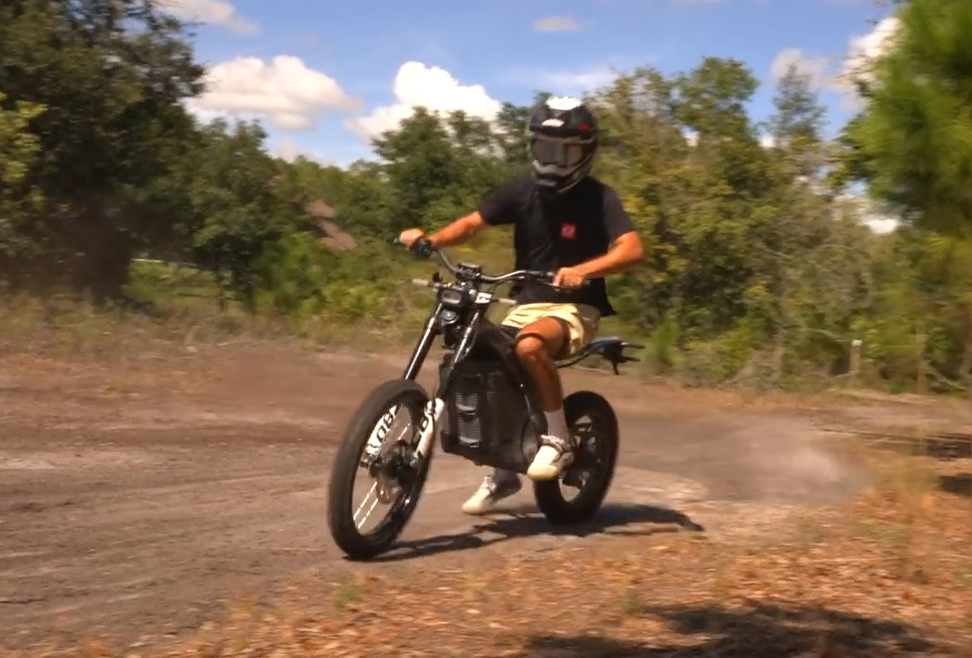
Customization Options
Another advantage of the Caofen F80 is its customization options. Whether you prefer a sleek silver finish or a bold camouflage design, the F80 can be tailored to match your style.
Conclusion: Ready to Ride?
Tyler Morgan’s review of the Caofen F80 is a testament to the bike’s incredible capabilities. Whether you’re an off-road enthusiast or just looking for a reliable e-motorcycle for your adventures, the F80 delivers on all fronts. Its combination of power, durability, and style makes it a standout choice in the electric motorcycle market.
So, what are you waiting for? If you’re ready to experience the thrill of the Caofen F80, visit our website to learn more. And if you’re interested in becoming a dealer, we’d love to hear from you! Reach out to us at info@caofenbikes.com and join the Caofen family today.
